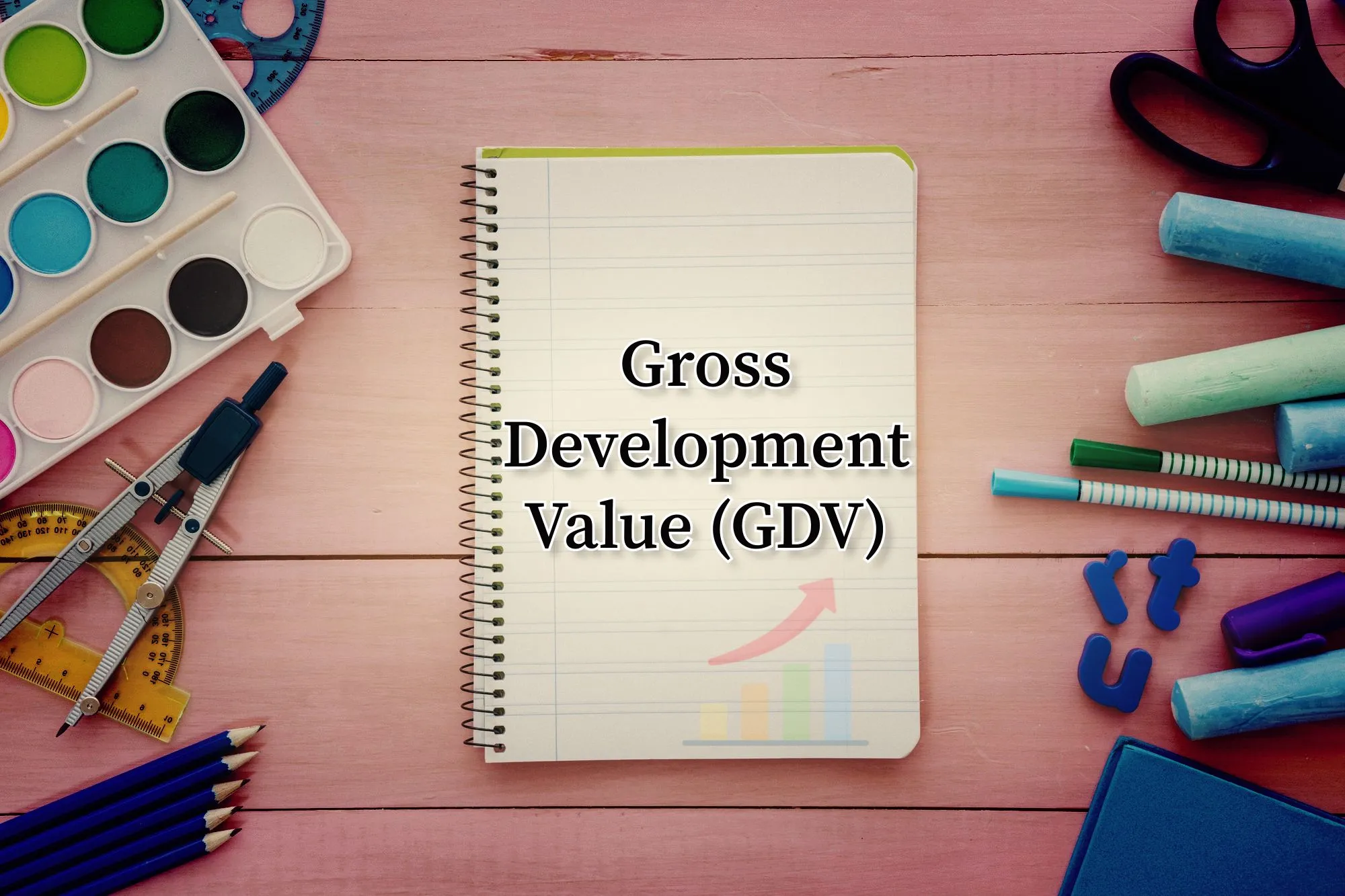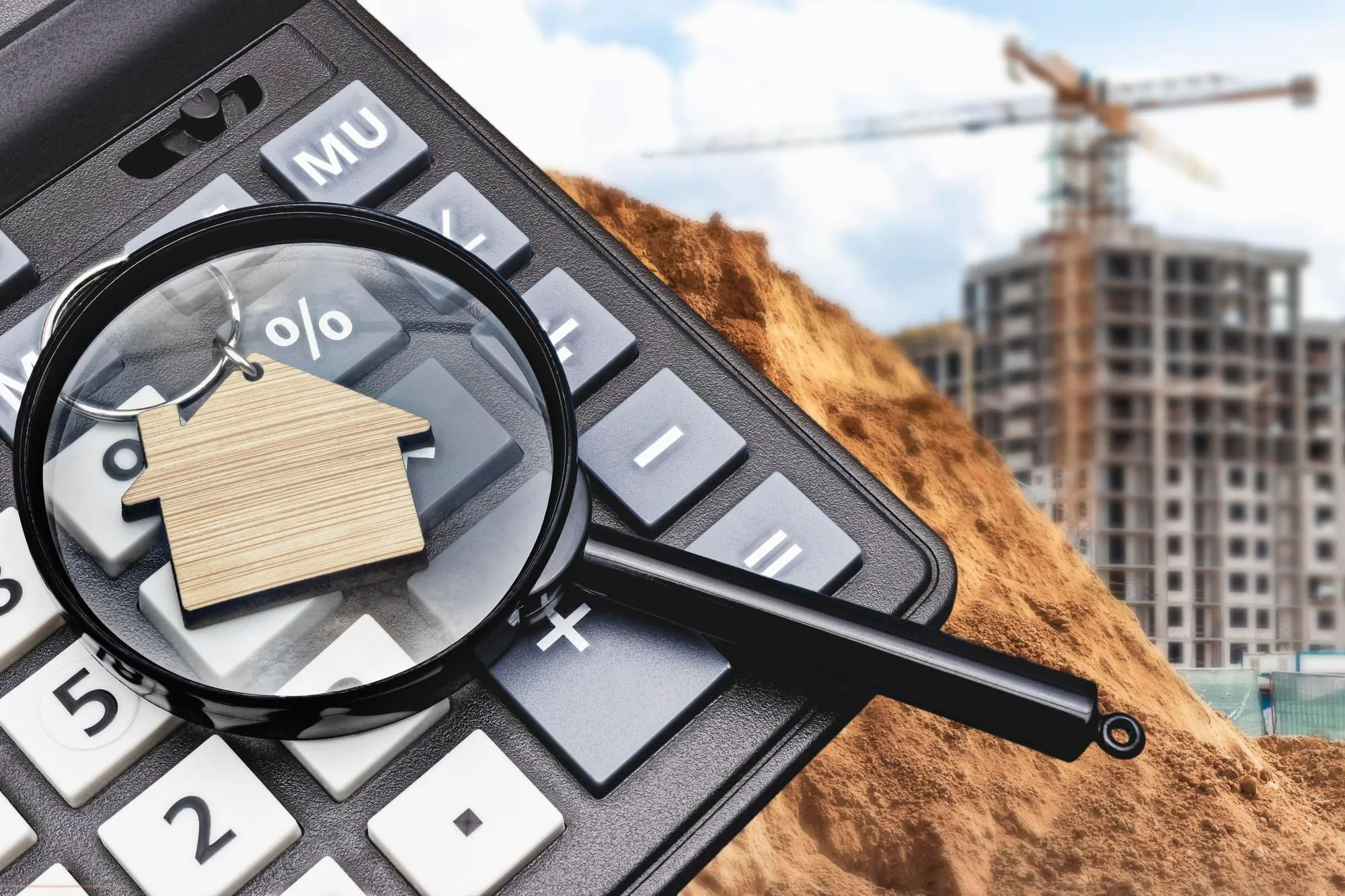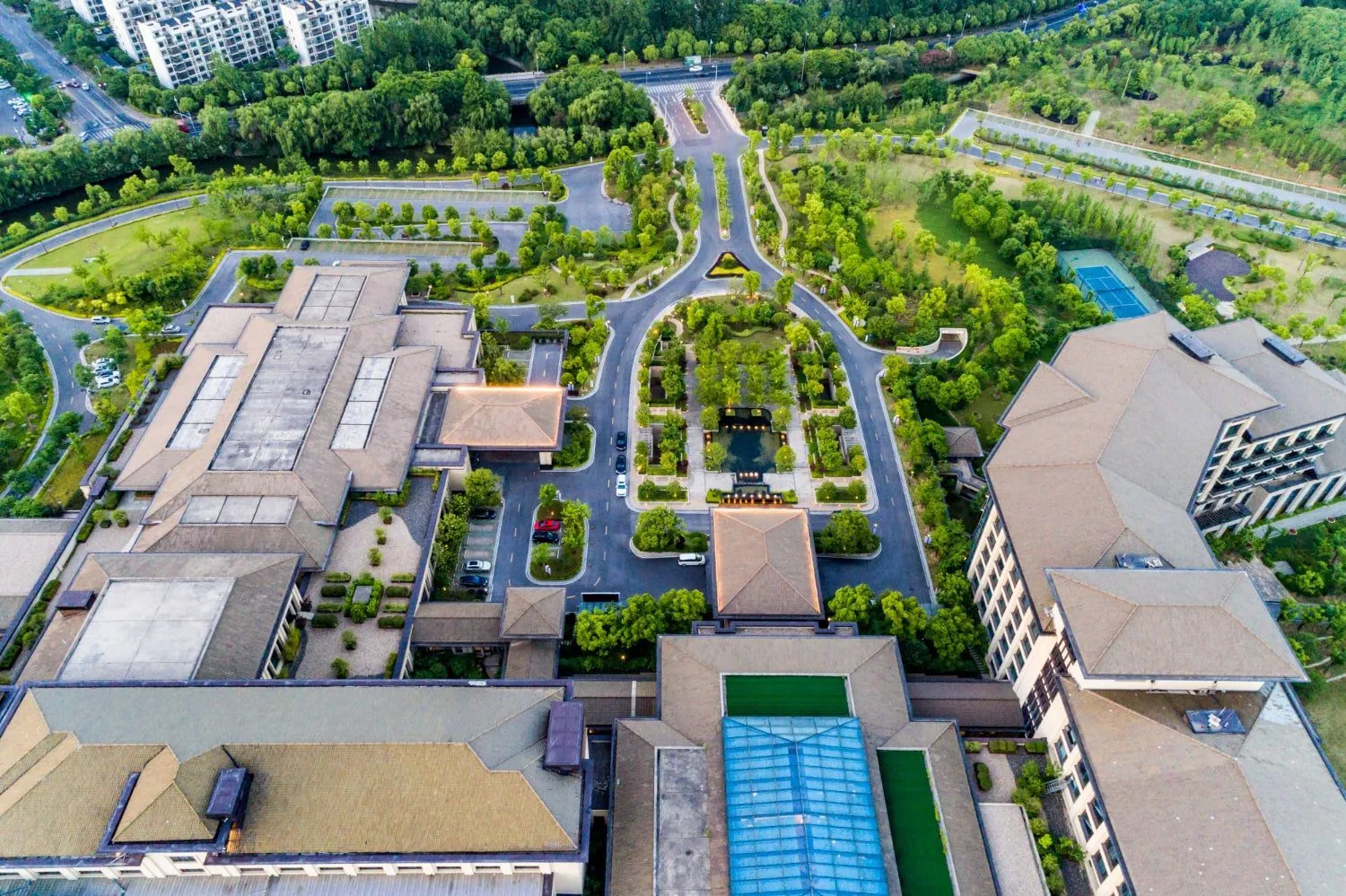Gross Development Value (GDV) is of paramount importance in real estate and property development. GDV is a crucial metric that helps developers, investors, and stakeholders gauge a development project’s financial viability and potential profitability.
In this article, we will delve into the intricacies of GDV, exploring what it means, how it is calculated, its significance, and its role in shaping the landscape of property development in the UK.
What is Gross Development Value (GDV)?
Gross Development Value, often abbreviated as GDV, is a financial metric used to estimate the total value of a property development project once it is fully completed and ready for sale, lease, or occupancy.
It represents the projected market value of all the individual units or properties within the development, considering factors like selling prices, rental income, and any additional revenue streams generated by the project.

At its core, GDV is a comprehensive assessment of the potential financial return on investment in a property development project. It encompasses the anticipated value of all units, such as residential apartments, commercial spaces, retail units, and any other development components.
By quantifying the GDV, developers can determine whether the expected revenue from the completed project will cover the development costs and deliver a desirable return on investment.
Calculating Gross Development Value
Calculating GDV involves several key steps, each of which is crucial in arriving at an accurate estimate. Here’s a breakdown of the critical components involved in GDV calculation:
Property Valuation
The first step in calculating GDV is determining each unit’s market value within the development. This typically involves assessing comparable sales in the local area for residential properties, considering factors like size, location, and amenities. Rental rates and demand in the area are considered for commercial or retail spaces.
Unit Count
Developers need to determine the number of units in the development, whether they are apartments, offices, shops, or any other property type. This count is multiplied by the estimated market value of each unit.
Additional Income
GDV calculations may also include income from sources other than unit sales or rentals. For example, parking fees, service charges, or any other revenue generated by the development are factored into the equation.
Contingencies and Costs
Developers must consider development costs such as construction, financing, legal, and other associated expenses. Contingency funds for unexpected expenses may also be included to ensure a more realistic GDV estimate.
The formula for calculating development profit can be expressed as:
Development Profit=GDV – Development Costs & Contingencies
Where GDV = Sum of Unit Values + Income from Additional Sources
The Significance of GDV in Property Development
GDV serves multiple critical purposes in property development, making it a central metric in decision-making and project evaluation:
Financial Viability
Developers use GDV to assess whether a proposed project is financially viable. It helps them determine if the projected revenue from unit sales or rentals will cover all costs associated with the development, including construction, financing, and legal expenses.
Investment Attraction
Investors are attracted to projects with a promising GDV, which indicates the potential for a healthy return on investment. A higher GDV often means a more lucrative opportunity for investors.
Financing
When seeking financing from lenders or financial institutions, developers often present the GDV as a critical indicator of a project’s feasibility. It assures lenders that the project has the potential to generate sufficient revenue to repay loans.
Decision-Making
GDV guides essential decisions throughout the development process. Developers can adjust project parameters, such as unit types, sizes, or amenities, to optimize GDV and enhance profitability.
Marketing and Sales
GDV also influences marketing and sales strategies. Developers can use the projected GDV to set competitive pricing and create marketing campaigns that resonate with potential buyers or renters.
Factors Affecting GDV
Several factors can influence the Gross Development Value of a project. Understanding these factors is essential for developers and investors to make informed decisions:

Location
The location of the development is a primary factor affecting GDV. Properties in prime or up-and-coming areas tend to have higher market values, leading to a higher GDV.
Property Type
Different types of properties have varying market values. Residential properties, for example, may have different price points than commercial or retail spaces, impacting GDV calculations.
Market Conditions
GDV is sensitive to market conditions such as supply and demand. A strong demand for a particular property type can increase prices and GDV.
Development Quality
The quality of construction, design, and amenities within the development can significantly impact the market value of units, directly influencing GDV.
Economic Factors
Economic factors like interest rates and inflation can also affect GDV. Higher interest rates, for instance, can increase financing costs and reduce GDV.
Calculating Development Profit for a Residential Development
To illustrate how development works in practice, let’s consider a hypothetical case study for a residential development project where 50 residential units need to be developed with an average unit size of 1,000 Sq ft.
The market value per Sqft is £300.

| S.No | Particulars | Amount |
|---|---|---|
a b | GDV Calculation Number of Residential Units Average Unit Size (Sq ft) | 50.00 1,000.00 |
| c d e f g | Total Size for Residential Units [a*b] Estimated Market Value (Per Sq ft) Total Market Value [c*d] Parking Fees Service Charges | 50,000.00 £300 £15,000,000 £50,000 £50,000 |
| h i j k l m | Gross Development Value [e+f+g] Cost Calculation Site Cost Construction Cost Professional fees Marketing & Selling Costs Financing Cost | £15,100,000 —– £5,000,000 £5,000,000 £1,500,000 £900,000 £1,500,000 |
| n | Total Development Cost [i+j+k+l+m+n] Total Development Profit/(Loss) [h-n] | £13,900,000 £1,200,000 |
From the above example, the Gross development value includes the market value of all the residential units, parking fees, and Service charges amounting to £15,100,000.
The development cost shall include the Site cost, construction cost, professional fees, Marketing and selling costs, and the financing cost, totalling £1,200,000. Hence, the total development profit is determined after deducting the total development cost from the gross development value.
Conclusion
Gross Development Value (GDV) is a fundamental metric in the world of property development in the United Kingdom. It serves as a compass for developers, investors, and lenders, helping them navigate the complex landscape of real estate projects.
By carefully calculating GDV and considering the various factors that influence it, stakeholders can make informed decisions, secure financing, and ensure their development ventures’ financial viability and profitability.
In a sector where financial success often hinges on precise planning and forecasting, GDV is a critical tool for achieving positive outcomes in property development.



